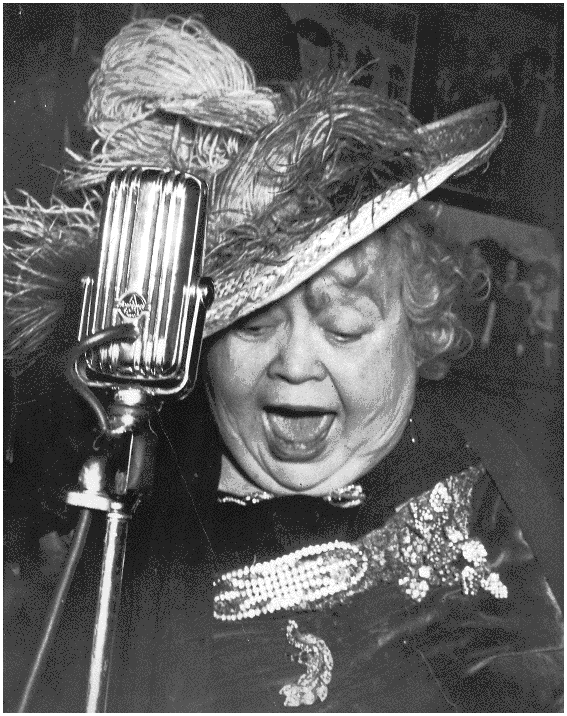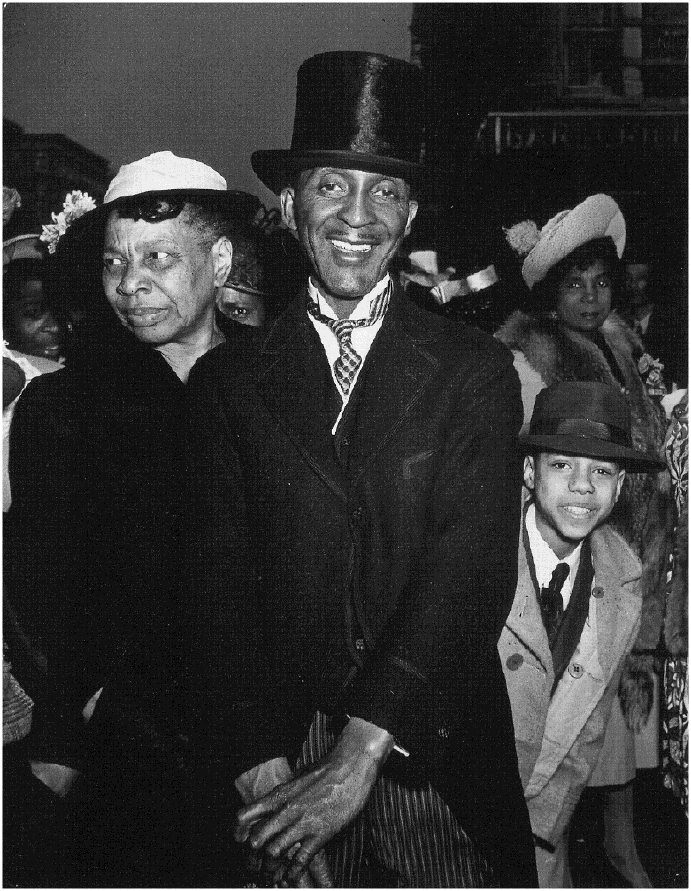Photographs from the
J. Paul Getty Museum
Judith Keller, Editor
(J. Paul Getty)

She never confessed that she was doing this. Somehow, my Sister Betty found out. So every time Mum went over to Eula's, Betsy would sit down, roll her eyes, and whisper, "She's doing it again." Like my saintly martyred recently-widowed mother was doing drugs or something; as if she was pulling down the shades and shooting up smack.
Weegee was a parasite, a creature that fed off the pain of others --- perhaps creating some of his own (how would you like to get out of the police car and have a big old guy with a cigar flashing bulbs in your face, fixing your image for a million readers worldwide?) In fact, from this book, now we know who it is that got the quick shot through the windshield, a photo of the woman who has just smashed into a truck and killed the driver. Now we know who it is who snapped the picture of a gorish body, a cop standing over it, dazed, pistol in hand. It was Weegee who put his huge lens right up to your face as you look down for the first time at the body of your late husband shot down in the middle of Flatbush Avenue. And, in the two photos of him included in this volume, not a hint of shame on his puss --- he was just doing the news, right?
He was a parasite, at a time when we romanticized parasites and Runyonesque characters who boozed it up and beat each other up, getting vengeance with a black-jack or a pistol, and --- if caught --- hiding behind a hanky or a black fedora. Weegee, the wonder with his Speed Graphic, was always there, right in the thick of it, behind the ambulance or there the moment the Black Maria arrived at the police-station ... low-lifes prodded out to get their mugs shot by the omnipresent, untouched, untroubled Weegee ... before the other mug-shots.
But you know time: it takes the edge off --- and now Weegee scandal-shots are officially considered Art. The Getty Museum owns ninety-five of his plates and has put over half of them in this volume. Nicely set down, lots of white space, and the usual stilted prose to go along with the pictures ... the same stiff dialogue with the Museum's Weegee "experts" taking up forty-five pages there at the end ... in which they compare him to Walt Whitman for Christ's sakes. The scandal photographer and the People's Poet, all wrapped up together in a neat artistic ball.
The key to Weegee is there is no key: he was an illiterate who learned to poke his lens in the hurting spaces of the big city. During his life, he shot over 20,000 photographs, so the collection at Getty represents less than .25% of his output.
Most of the famous ones are here: the two old ladies going into the Met, their wrinkles and jewels set off from the bums at the side; the cross-dresser doing a Folies Bergère kick (complete with smile) as he is exiting the Black Maria; Marilyn Monroe showing off too much breast on the back of the beast (a Ringling Brothers elephant); Shorty, a near-naked midget, quaffing beer at Sammy's, surrounded by chortling boozers.
For some of us, the best of Weegee isn't the gore or the ruffians or the freaks (or two "alleged fixers in the Brooklyn basketball scandal" hiding their faces). No, the real art of Weegee comes in the shot of Dora, up there at the top, singing away, lustily --- one of the regulars at Sammy's-on-the-Bowery. Or, below, "Easter Sunday in Harlem."
This last was taken in 1940. It's got a gorgeous symmetry, a perfect balance; the branching out of figures every which-a-way. And the eyes. (Eleven! Count them.) It is the rare Weegee that the rest of us are willing to define as High Art.
Still, I guess the Getty wants you to know that Weegee is somewhere out there on the edge. Their volumes on Edward Weston and Paul Strand came out with stately night-blue-black covers. Weegee's appears in a livid red-pink.
